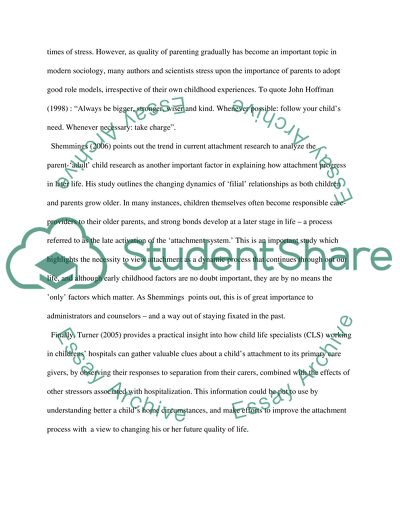Attachment Theory - The Ties That Bond Literature review. Retrieved from https://studentshare.org/law/1515971-attachment-theory-essay
Attachment Theory - The Ties That Bond Literature Review. https://studentshare.org/law/1515971-attachment-theory-essay.


